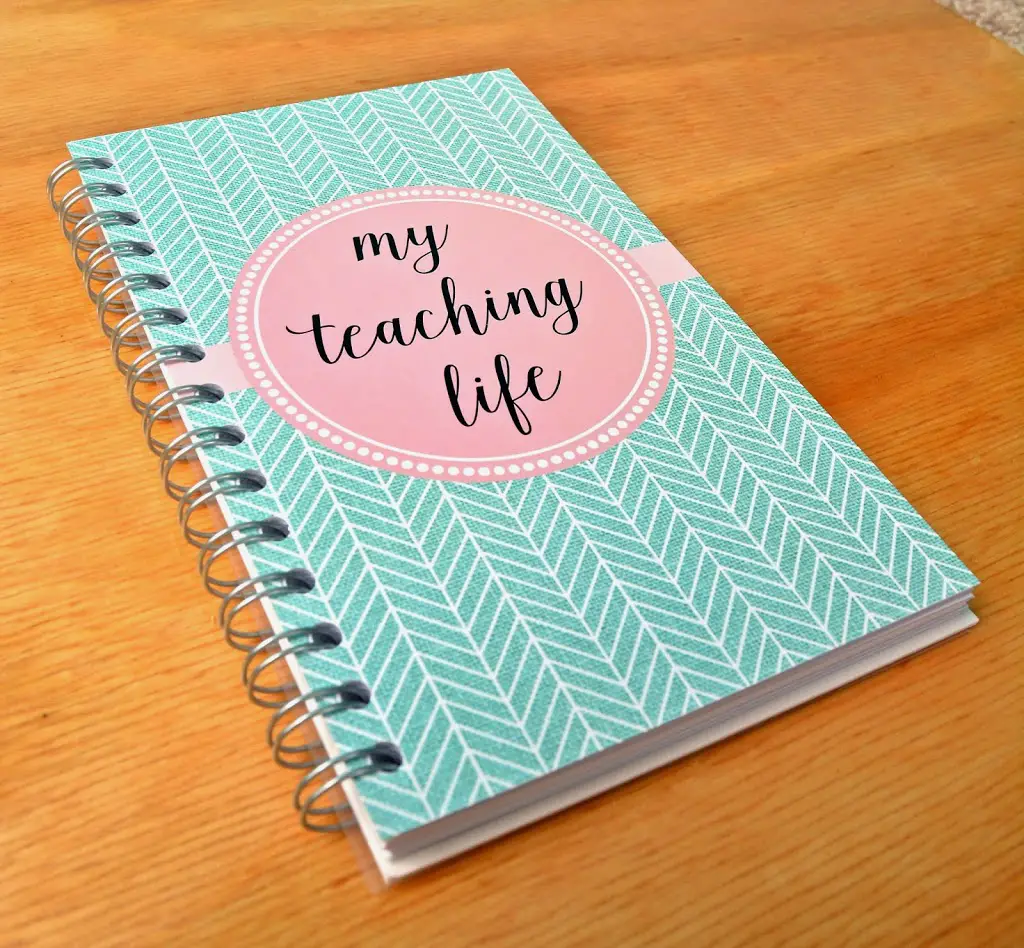Empowering educators, from newcomers to seasoned veterans, with research-backed tactics to develop unwavering classroom confidence and elevate their teaching abilities.
The role of an educator is a profound responsibility – shaping young minds and preparing students for future success. However, even the most accomplished teachers can experience moments of self-doubt or insecurity. Maintaining confidence in one’s abilities is crucial for effective instruction and creating an engaging learning environment. This comprehensive guide presents nine proven strategies to help teachers, whether new or experienced, cultivate an unshakable sense of confidence in the classroom.
1. Set Achievable Goals
Establishing clear, attainable goals is a foundational step in building teaching confidence. By breaking down larger objectives into manageable milestones, educators can experience a sense of accomplishment and progress regularly. These goals can span various timeframes – daily, weekly, or even yearly – tailored to individual teaching responsibilities and student needs.
Furthermore, goal-setting extends beyond personal achievement; it provides a structured pathway for student success. Well-defined academic objectives and expectations guide students toward mastering essential skills and knowledge. Complementing these with goals focused on developing positive habits, such as effective study strategies or communication abilities, creates a comprehensive approach to nurturing well-rounded learners.
Importantly, goals should be realistic and adaptable. Overly ambitious targets can undermine confidence and motivation. Instead, aim for a balanced challenge that stretches abilities while remaining achievable. Regularly reviewing and adjusting goals as circumstances evolve promotes a growth mindset and a commitment to continuous improvement.
2. Build Meaningful Relationships with Students

Fostering genuine connections with students is a powerful catalyst for teaching confidence. When students feel valued, understood, and part of a supportive classroom community, they are more inclined to engage actively in the learning process. This reciprocal engagement reinforces an educator’s sense of purpose and impact.
To build these relationships, take the time to understand students as individuals. Learn about their backgrounds, interests, and aspirations. This personal investment creates a foundation of trust and rapport that transcends academic content. Additionally, maintain an approachable and accessible demeanor, encouraging open dialogue and creating a safe space for students to express thoughts and concerns.
Strong student-teacher relationships foster a positive, engaging classroom environment conducive to learning and personal growth. As students thrive academically and personally, educators can take pride in their influential role, further bolstering their confidence.
3. Seek Mentorship and Collaboration

No teacher is an island; seeking guidance and collaboration from experienced colleagues is invaluable for building confidence. Veteran educators possess a wealth of knowledge gained through years of practical experience, offering insights into overcoming challenges and implementing effective teaching strategies.
Attending professional development workshops and conferences provides opportunities to connect with a broader community of educators. These events often feature guest speakers, peer-to-peer learning sessions, and skill-building workshops, exposing attendees to diverse perspectives and cutting-edge pedagogical approaches.
Moreover, cultivating mentorship relationships with seasoned colleagues can provide personalized support and guidance. Observing experienced teachers in action, receiving constructive feedback, and engaging in reflective discussions can accelerate professional growth and instill confidence in navigating complex classroom dynamics.
4. Embrace Educational Technology

In the digital age, integrating technology into teaching practices is crucial for engaging modern learners and enhancing instructional effectiveness. Interactive whiteboards, tablets, educational apps, and online resources offer innovative ways to capture students’ attention and reinforce concepts through multimedia experiences.
Furthermore, technology can streamline organizational tasks and classroom management, alleviating administrative burdens and freeing up time for focused instruction. Learning management systems, for instance, can centralize course materials, assignments, and grading, reducing the potential for oversight or disorganization.
As educators become proficient in leveraging technology, they gain confidence in their ability to deliver dynamic, engaging lessons tailored to diverse learning styles. This mastery of modern tools positions teachers as facilitators of 21st-century learning, instilling a sense of pride and efficacy in their craft.
5. Cultivate Strong Organizational Skills

A well-organized teaching approach not only enhances efficiency but also serves as a foundation for confidence. With a clear plan and structured methodology, educators can concentrate on delivering high-quality instruction and addressing students’ unique needs without unnecessary distractions or stress.
Preparation is key to maintaining organization. Anticipating potential challenges and developing contingency plans allows teachers to navigate unexpected situations with poise. This proactive mindset fosters a sense of control and readiness, contributing to overall confidence.
Additionally, a deep understanding of the subject matter being taught is essential. Dedicating time to research, review, and internalizing course content ensures educators can confidently address students’ questions and guide discussions effectively.
Effective time management is another critical component of an organized teaching approach. Setting realistic goals for each lesson, pacing instruction appropriately, and adhering to a structured schedule help maintain a smooth flow and minimize disruptions that could undermine confidence.
6. Embrace Positive Self-Talk

The inner dialogue we have with ourselves can profoundly impact our confidence levels. Cultivating a practice of positive self-talk can reframe negative thoughts and reinforce a growth mindset, essential for building teaching confidence.
When faced with self-doubt or criticism, consciously challenge negative self-talk with affirmative statements that highlight strengths and abilities. For instance, instead of thinking, “I struggle with classroom management,” reframe the thought as, “I am capable of creating a positive learning environment that supports student engagement.”
Positive self-talk extends beyond personal affirmations; it can create a ripple effect that benefits students. A confident educator radiates an aura of assurance, fostering a supportive and encouraging classroom atmosphere conducive to learning and personal growth.
7. Seek Continuous Professional Development
Teaching is a ever-evolving profession, necessitating a commitment to continuous learning and growth. Engaging in professional development opportunities, such as workshops, conferences, or advanced degree programs, exposes educators to new pedagogical approaches, research-based strategies, and best practices.
By actively seeking out opportunities to expand their knowledge and skills, teachers demonstrate a dedication to their craft and a willingness to adapt and improve. This proactive approach not only enhances instructional effectiveness but also instills a sense of confidence in one’s ability to stay current and relevant in an ever-changing educational landscape.
Moreover, professional development fosters a growth mindset, reminding educators that there is always room for improvement and mastery of new techniques. This mindset cultivates humility and a willingness to learn, both of which contribute to increased self-assurance and resilience in the face of challenges.
8. Reflect on Teaching Practice

Consistent self-reflection is a powerful tool for building teaching confidence. By taking the time to analyze successes, identify areas for improvement, and evaluate the effectiveness of instructional strategies, educators can gain valuable insights to inform their professional growth.
Maintaining a teaching journal or engaging in reflective discussions with colleagues can facilitate this introspective process. Documenting observations, student feedback, and personal thoughts after each lesson can reveal patterns, strengths, and areas that require further development.
Additionally, seeking feedback from peers through classroom observations or collaborative planning sessions can provide fresh perspectives and constructive criticism. This external input can shed light on blind spots or potential biases, enabling educators to make informed adjustments to their teaching practices.
Celebrating successes, no matter how small, is an integral part of the reflective process. Acknowledging progress and achievements reinforces a sense of efficacy and boosts confidence, providing motivation to continue striving for excellence.
9. Cultivating Lasting Confidence
Confidence is not a static trait but a dynamic state that fluctuates based on experiences, mindset, and ongoing personal and professional development. By implementing these 9 research-backed strategies, educators can nurture an enduring sense of confidence that empowers them to navigate challenges, inspire students, and continually grow as effective and impactful teachers.
Remember, building confidence is an ongoing journey, and setbacks or moments of self-doubt are natural occurrences. However, by consistently applying these strategies and embracing a growth mindset, educators can develop the resilience and self-assurance necessary to overcome obstacles and create transformative learning experiences for their students.
Final Thought
Developing unshakable confidence as an educator requires a multi-faceted approach that addresses mindset, skills, relationships, and a commitment to continuous growth. By setting achievable goals, building meaningful connections with students, seeking guidance from experienced colleagues, embracing technology, and honing organizational abilities, teachers can lay a solid foundation for classroom self-assurance.
However, true lasting confidence stems from an inner resilience fortified by positive self-talk, ongoing professional development, and consistent self-reflection. Cultivating these habits allows educators to reframe challenges as opportunities, embrace a growth mindset, and maintain an unwavering belief in their abilities to positively impact students’ lives.
Ultimately, confidence is not merely a desirable trait but a prerequisite for creating an engaging, supportive learning environment where students can thrive academically and personally. By diligently implementing these 9 strategies, teachers can embark on a journey of self-empowerment, becoming beacons of inspiration and catalysts for transformative education. Embrace these principles wholeheartedly, and watch as your confidence soars, elevating your teaching practice to new heights of excellence.
Discover more from MUZZLECAREERS
Subscribe to get the latest posts sent to your email.








